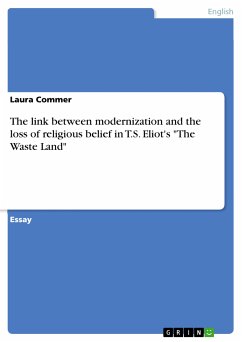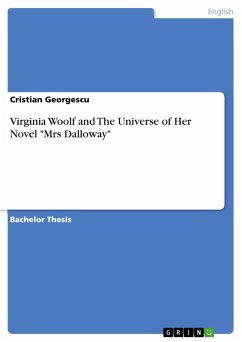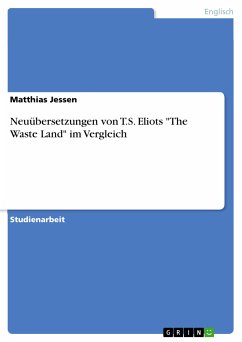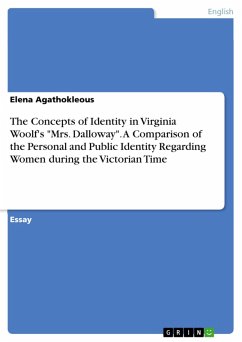Essay from the year 2019 in the subject English Language and Literature Studies - Literature, grade: B+, The Chinese University of Hong Kong, course: ENGE5330 Modernist Literature, language: English, abstract: In the 1920s, two pivotal literary works emerged in Britain, "The Waste Land" by T.S. Eliot and "Mrs. Dalloway" by Virginia Woolf. These novels, while sharing the same cultural milieu, diverge in their portrayal of marriage and homosexuality. This essay aims to compare how these two works explore these themes. The 1920s witnessed two influential movements shaping marriage trends in Britain. The eugenics movement urged careful partner selection for better offspring, while the motherhood campaign encouraged marriage to address post-World War I male depopulation. This era can be characterized by a marriage paradox, where both unions and divorces were prevalent. In "The Waste Land," specifically in its second section, "A Game of Chess," a wealthy married couple's relationship deteriorates due to ethical breakdown. Despite their opulent surroundings, the husband's fixation on physical desires erodes their connection. Eliot's vivid descriptions and the transition from a tapestry depicting Philomela's rape to a sensual encounter highlight the couple's crumbling relationship, emphasizing the theme of ethical decay in marriages. In "The Waste Land," marriage disintegrates due to ethical degradation, particularly the selfish prioritization of sexual needs. Conversely, "Mrs. Dalloway" presents marriage in a positive light. Clarissa, married to Richard, harbors affection for Sally Seaton. Their passionate kiss is described as life's pinnacle moment. Clarissa's marriage to Richard, though pragmatic, offers support, societal success, and personal contentment. In "Mrs. Dalloway," marriage is portrayed as a solution to personal and societal challenges, including psychological distress. This contrasts with "The Waste Land," where marriages are fraught with problems when emotional intimacy is neglected. These two works encapsulate the contrasting philosophies of 1920s Britain regarding marriage. In terms of representation, "The Waste Land" employs explicit sexual imagery to underscore the gravity of ethical breakdown in marriages fixated on physical gratification. In contrast, "Mrs. Dalloway" presents marriage as an objective subject of societal discourse, emphasizing the importance of personal space within the union. These two iconic literary works reflect the divergent narratives that characterized 1920s Britain's perspectives on marriage and homosexuality.
Dieser Download kann aus rechtlichen Gründen nur mit Rechnungsadresse in A, B, BG, CY, CZ, D, DK, EW, E, FIN, F, GR, HR, H, IRL, I, LT, L, LR, M, NL, PL, P, R, S, SLO, SK ausgeliefert werden.









